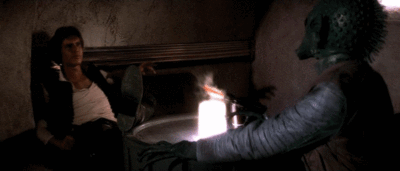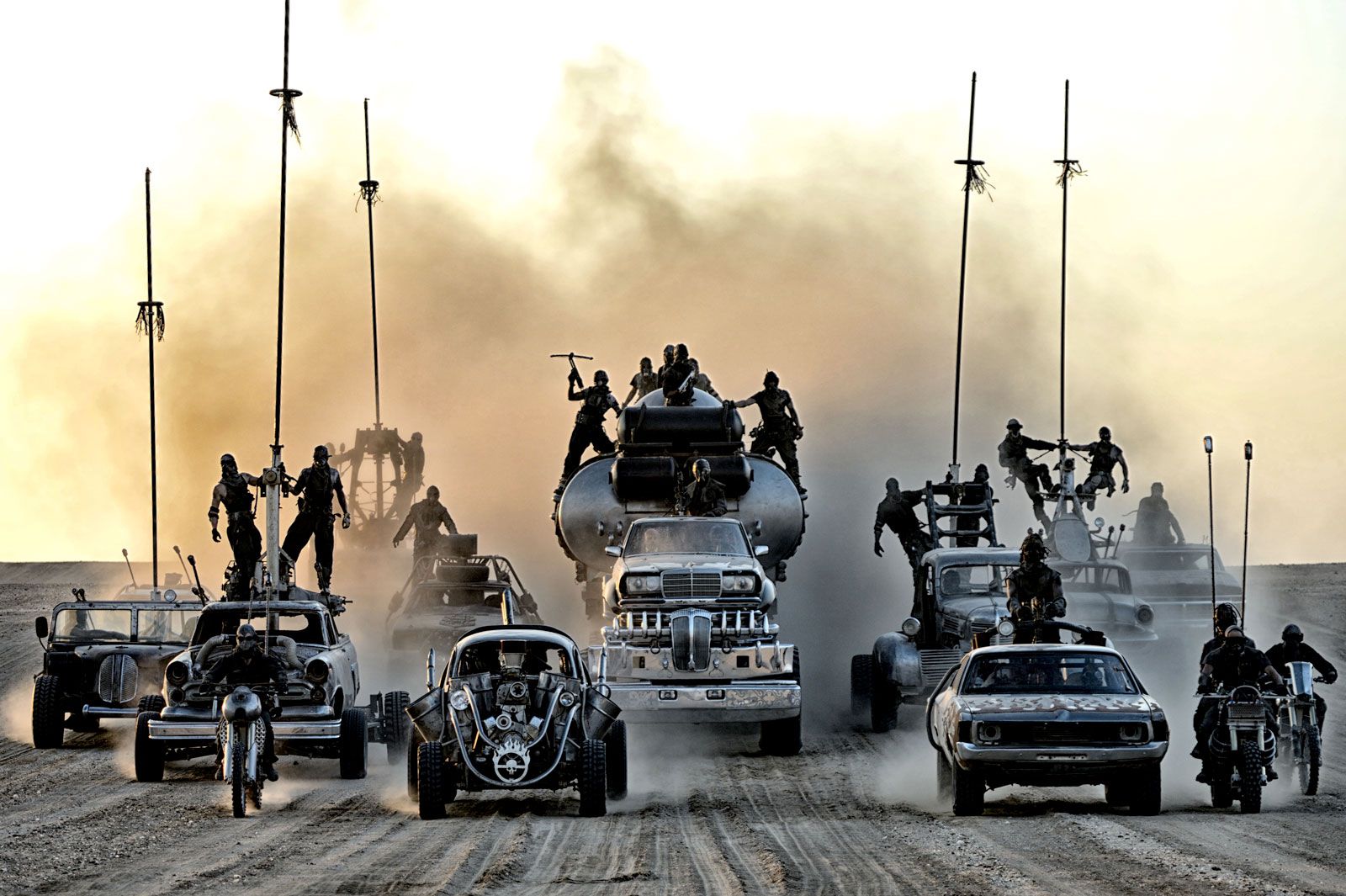The plot of 2014 Best Picture nominee Captain Phillips is straightforward. Man captains boat in dangerous waters. Pirates hijack boat. Captain thwarts pirates’ attempts to ransom boat. Pirates flee boat with captain as hostage. U.S. Navy rescues the captain. Captain Phillips rises above its action thriller origins by refusing to present a story of American triumph in the face of adversity.
Director Paul Greengrass undermines this American exceptionalism by sympathetically portraying the Somali pirates. He demonstrates the pirates’ deplorable lives on land before they attempt to hijack the boat. They struggle to feed themselves, bribe and cajole their way onto pirate crews, and threaten anyone in their way. The brief scene on the Somali beach demonstrates the effective power of the unseen Somali warlords who control the pirates. By keeping the pirate crews small, the desperate would-be pirates viciously compete for a shot at a million dollar payday. The Somali warlords have inherited and perfected the technique of divide and conquer from their colonial past. The European symphony of imperialism plays on long after the Europeans turned off the lights and left.
Greengrass
makes excellent use of space throughout the film. After the Somali pirates led
by Muse (Barkhad Abdi) flee the container ship with Captain Phillips (Tom
Hanks) in tow, the action of the film narrows within a tiny lifeboat, yet outside
the scope of the incident continues to expand. Greengrass uses these
contrasting notions of space to question the absurdity of the entire incident. By
the end of the film, several U.S. Navy warships and a SEAL team stage an
elaborate rescue of Phillips to stop four Somali pirates in a lifeboat
incrementally inching its way towards the Somali coast. As the Americans
attempt to negotiate with Muse and the SEAL team moves into place in order to
kill four teenagers, Greengrass leads the viewer to question whether the
incident warrants such a response. Inside the lifeboat, the Somali pirates,
especially Muse, unrealistically cling to the idea of a million dollar payday, ignorant
of the consequences of kidnapping an American. As the pirates bumble and fumble
their way through their plan, they remain convinced, despite their inability to
communicate with their bosses and net closing around them, that they will get
their payday. When the Navy lures Muse off the lifeboat as part of its rescue
plan, he stubbornly believes that handing himself over to the Navy will lead to
his money. After the death of the other three pirates, the Navy takes Muse into
custody. Rather than ending on a note of triumph, the film closes with a
shocked Phillips in the sickbay trying to get control of himself and make sense
of what has just happened.
| The two captains. |
Captain Phillips also contrasts the
lives of the two captains, Phillips and Muse. Muse points out to Phillips when
he seizes control of the Maersk Alabama that
he is the captain now. They are both captains and middle managers of different
ventures. Muse works to enrich Somali warlords with the outside hope of
enriching himself. Phillips, worried about his family at home, hauls freight
from one part of the world to another. Their fates reflect their respective
backgrounds. Phillips, the citizen of a global superpower, garners the
attention of the United States Navy and a SEAL team, all in order to secure his
safety. Muse, a citizen of a poor and starving collection of warring tribes,
ends up in prison. His Somali warlord bosses sacrifice him in order to live
another day. The film highlights the differences between when the two captains
when Phillips notes that the ship is carrying food aid to starving Africans. The
pirates react indifferently as the food has little bearing on their situation. Tom
Hanks does some of his best work in years as Phillips, the competent middle
manager thrust into an escalating situation. He and Barkhad Abdi as Muse play
well of each other, as Muse remains supremely confident despite his
deteriorating condition.
In
Captain Phillips, Greengrass
challenges his audience to look beyond the pirates as simply villains and find
sympathy for four teenagers who were nothing more than pawns and victims of
birth and circumstance.


